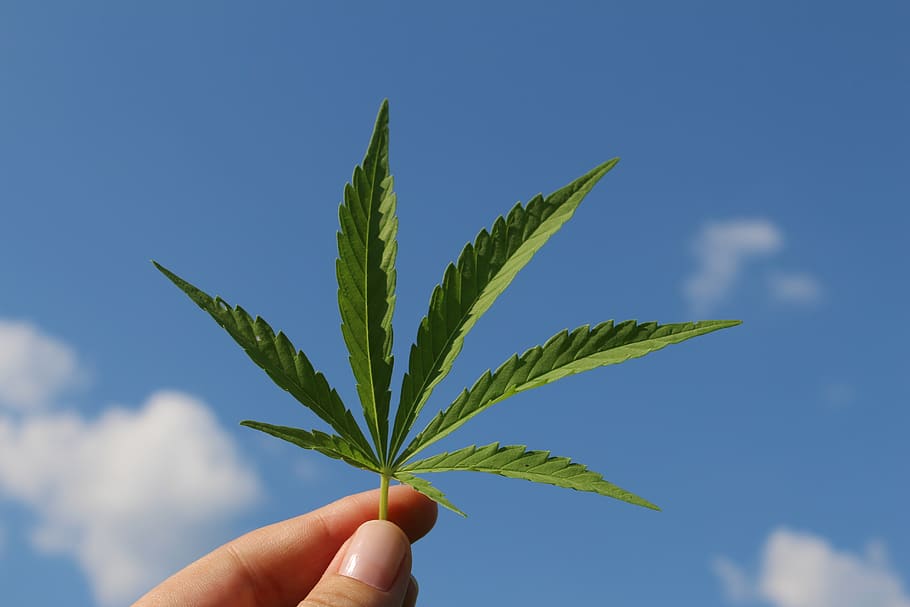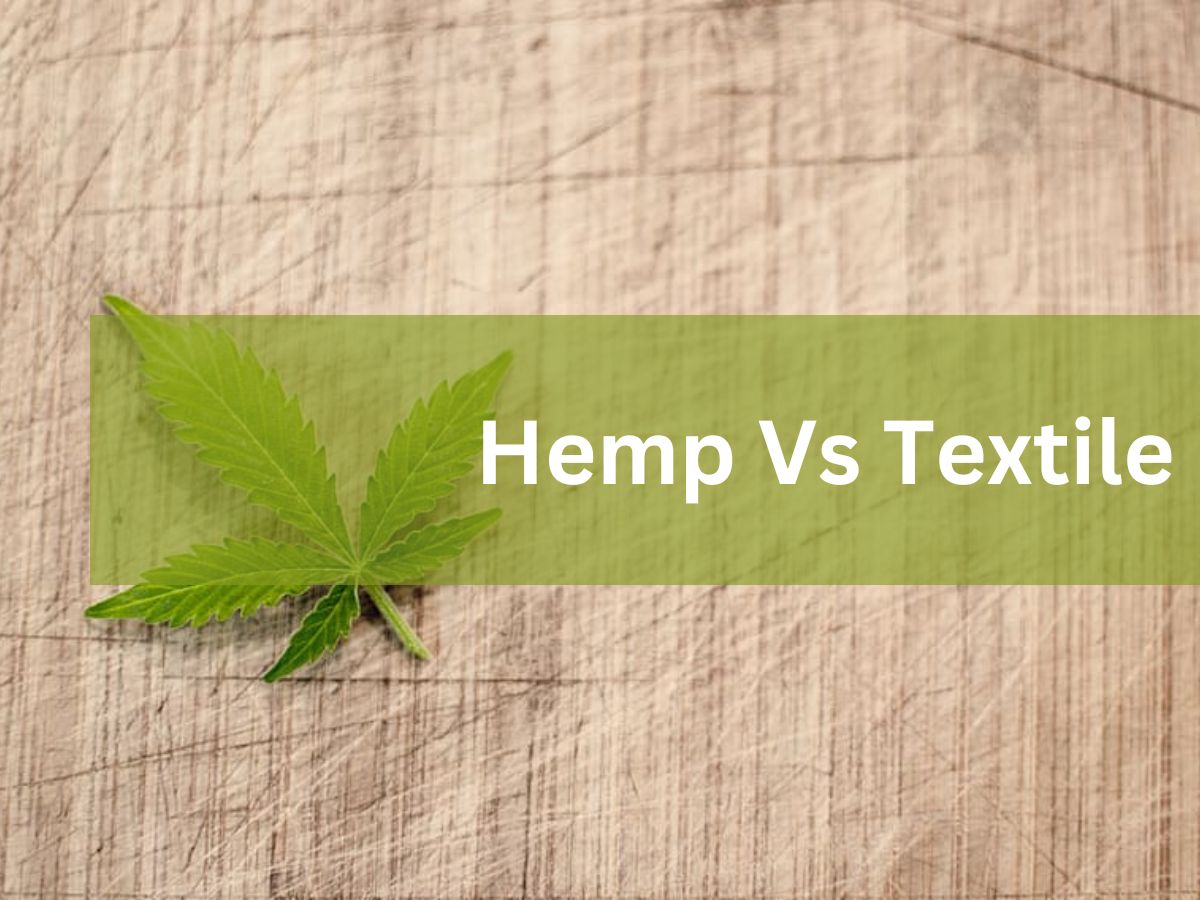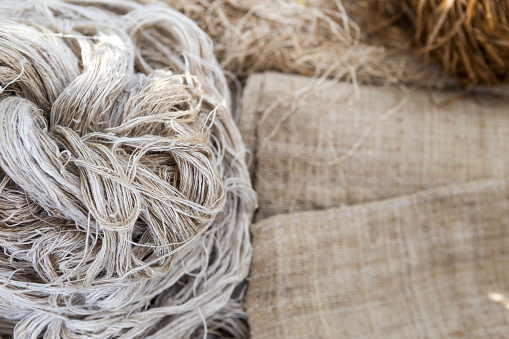Hemp in Textiles: Revolutionizing the Fashion and Clothing Industry
The textile industry has revolutionized a lot in the past decades. Whether it is automating manufacturing and processing in factories or internationalizing local and precious fabrics, the market has gone up by several notches, albeit in a good way. Moreover, with dynamic environmental conditions, the demand for hypoallergenic, sustainable, and safe textiles has skyrocketed in the past few years. In the midst of all this, professionals discovered that the once-considered harmful plant, hemp is potent to bring a revolution in the clothing and fashion industry.
Hemp, also considered one of the most famous plants from the family Cannabis, has provided a sustainable approach to producing high-quality and safe fabric faster and at a much cheaper rate. Apart from this, hemp fabric is also known for its top-notch feel, outsmarting cotton and other softer fabrics currently in use in the textile industry. So, research work has sped up to discover the utilize the underlying potential of the same.
How is hemp fabric obtained and manufactured?
The conversion process of a plant grown in the wilderness to a soft and breathable fabric is quite extensive, time-consuming, and labor-utilizing. However, it is due to the result that manufacturers invest a lump sum in the process. Below we have discussed a few steps briefly involved with converting hemp plants into such a beautiful and sustainable fabric.
- Growing hemp: The first step involves sowing the hemp seeds in fertile land and cultivating it thoroughly to get the best yield. Hemp grows well in hot and humid climates, without requiring too much nutrition. Hence, the use of fertilizers is minimized for this plant. Furthermore, farmers can grow hemp in soil that has lost fertility previously, owing to which barren lands are put to use. It takes approximately a year to grow the plants fully before they are harvested and transported to the manufacturing units.
- Extracting the fabric from the hemp plant: In the second step, fiber is extracted from the hemp plant through a series of sub-processes. It includes washing the harvests thoroughly and cutting them into smaller pieces so that they can be easily processed further. Drying is one of the most important steps to reckon since it helps in separating the fibers in the hemp stems from the cellular tissues. Once all the pieces are dried carefully, they are further processed to extract thin fibers.
- Spinning of the fibers: Once all raw fibers are obtained from the hemp plants, they are spun together to form a continuous thread. The threads are usually light and soft, which is why proper precaution should be taken as an increased spinning speed can cause wrinkles in the thread bundles.
- Weaving threads into yarn: The threads are put together according to the designs and colors required and then proceeded towards weaving. It is through this process that hemp fabric is produced. Ideally, a single colored thread is used and then the fabric obtained can be dyed to get the desired chrome shade. Also, it should be noted here that hemp fabric has a higher thread count, somewhere between 250 and 300, which is why it’s so soft and breathable.
- Making clothes and wearables: After the threads are woven into the fabric, it is heat treated to reduce further shrinkage. This also ensures the apparel to be made from the fabric yarn will be true to size and can meet the high standards of the fashion industry.
Hemp in Textiles- What is so special?
Now that we have discussed the manufacturing process of hemp fabric from the plants, let’s have a quick look at the features that make the fabric revolutionary. This will help you reckon with the increasing demand for hemp in textiles.

Strong and highly resilient
Hemp fabric is considered one of the strongest and most resilient fabrics to make wearables and different types of apparel. Its higher tensile strength makes it superior to cotton in this specific matter at least. Furthermore, hemp can be blended easily with other fabrics to impart strength and durability, especially the ones that are vulnerable to wear and tear easily.
Highly sustainable
Numerous factors account for the higher sustainability of hemp fabric. For instance, its increased sturdiness and strength allow people to wear particular clothing for several days, thereby reducing their dependency on new clothes now and then. Moreover, hemp plants can grow in the worst geographical and environmental conditions whereas other plants like cotton won’t survive even for a day. So, it also accounts for the high sustainability of the fabric, which indeed makes it a revolutionary creation.
Eco-friendly
From the environment’s standpoint, hemp is a friend in disguise. Firstly, it doesn’t need any extensive farming process to grow and produce higher yields. Secondly, farmers can grow the plant in less fertile soil without having to rely on chemical fertilizers and pesticides. Hemp also reduces soil erosion, leaching, and flooding, thereby preventing various types of environmental problems and natural calamities. Plus, most parts of the hemp plant are used for various purposes, leaving zero to negligible waste behind.
Affordable and cheap
Compared to premium fabrics like cotton, silk, cashmere, and many more, sustainable hemp clothing is highly affordable and low on the price scale. It can be partly due to the reduced farming expenses and partly due to the higher longevity and durability of the threads. So, everyone can easily get high-end fashionable apparel without having to worry about a dent forming in their pockets.
Fashionable and comfortable
One of the most notable points about sustainable hemp fashion is that the fabric can be wielded to form different types of apparel suitable for most weather conditions. The higher thread count accounts for its superior softness and the higher comfort feel it provides. Furthermore, most hemp clothes are breathable and hypoallergenic, thereby posing no great risks to the person’s health. It is an organic fabric suitable for people with different health problems, including babies and children who often prove to be intolerant to fabric.
Conclusion
With eco-friendly hemp fashion on the rise, we at HempInIndia have the vision to make the fabric the number one choice. Providing comprehensive services, we procure and control the supply chain for hemp plants so that the fabric produced can have the best quality.




Recent Comments